Velvet Mesquite Info : What Is A Velvet Mesquite Tree
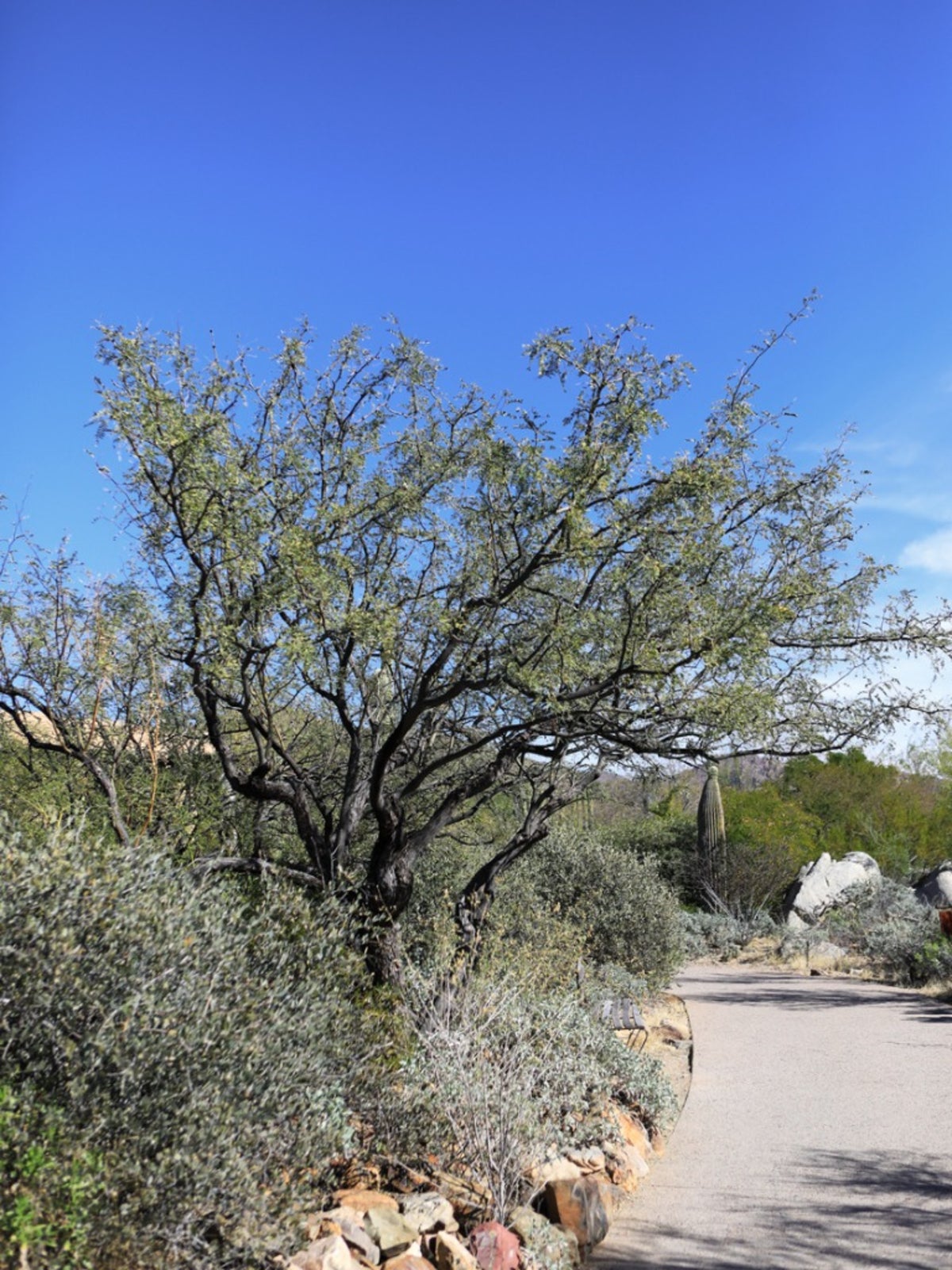

The velvet mesquite tree (Prosopis velutina) is a common feature in desert grasslands. What is a velvet mesquite tree? It is a large shrub to medium tree that is native to North America. The plants are known for their extreme drought and heat tolerance as well as ability to thrive in full sun to partial shade. Xeriscape gardeners are excited about growing velvet mesquite trees in domestic and landscape settings as attractive water saving plants with ease of care. Learn about these amazing plants and try them in your garden.
What is a Velvet Mesquite Tree?
One of the primary items in velvet mesquite info is its status as a legume. While it may not look like a classic pea or bean plant, it does produce pods that are similar. The plant's shoots, leaves and pods are high in protein, making them excellent cattle fodder. Legumes also have the ability to fix nitrogen in soil, enhancing nutrient uptake. Velvet mesquite care is also low maintenance, with plants tolerant of a range of conditions and unfazed by most insects and disease. The small to large tree or shrub that can approach 30 to 50 feet (9 to 15 m.) in height. It is a slow growing tree that may be found from central and southern Arizona down into Mexico. Plants may develop one sturdy trunk or many branches, each adorned with fissured dark brown bark. The wood is especially prized due to its variations in color and beautiful grain. The leaves are pinnate and covered in fine gray hairs, giving the common name to this mesquite. In the wild, the trees tend to form thickets which are good habitat for a range of animal and bird species. Velvet mesquite info indicates that the flowers are sweetly scented and a favorite of bees, which make excellent honey from the nectar. Pods are tubular and 3 to 7 inches (8 to 18 cm.) long and edible.
How to Grow a Velvet Mesquite Tree
Provided these trees have well-draining soil, they can survive in a wide variety of sites. Plants can live up to 150 years in good conditions, so careful selection should be made to site at planting. Mesquites prefer alkaline soil, low humidity, low nutrient soils and heat. Velvet mesquite is cold hardy to 10 degrees Fahrenheit (-12 C.). Plants that are heavily irrigated and fertilized tend to be less cold tolerant. Plants require supplemental irrigation during establishment. Once established, they need only occasional watering during the hottest months of the year. Mesquite trees can even thrive along streambeds in sandy, well percolating soil.
Velvet Mesquite Care
Pruning is optional but may be done to reduce height and form a better shaped plant; however, some blooms will be sacrificed the following season. Prune after bloom to preserve the next season's flowering buds. As with many drought tolerant plants, velvet mesquite's Achilles heel is excess moisture and boggy soil. In areas without proper drainage, root rots and wood decay fungus can be issues of concern. Another common problem is mistletoe, which takes nutrients from its host plant and diminishes the mesquite's ability to feed and water itself. The weight of large mistletoe can also damage the tree's branches. The largest pest problem is from the giant mesquite bug. Their larvae are a minor pest concern but damage is usually minimal. The mesquite twig girdler may also cause cosmetic damage as its burrowing activities leave channels around slender stems which may brown out or die. Drainage is the number one enemy of velvet mesquite trees, followed by inadequate watering practices. Ensure loose, well-draining soil and water infrequently but deeply to help the plant form a dense, wide root structure.
Gardening tips, videos, info and more delivered right to your inbox!
Sign up for the Gardening Know How newsletter today and receive a free copy of our e-book "How to Grow Delicious Tomatoes".

Bonnie Grant is a professional landscaper with a Certification in Urban Gardening. She has been gardening and writing for 15 years. A former professional chef, she has a passion for edible landscaping.
-
 8 Perfect Flowers To Plant With Tomatoes To Boost Yields & Banish Pests
8 Perfect Flowers To Plant With Tomatoes To Boost Yields & Banish PestsDon’t forget flowers when choosing companion plants for your tomato beds or pots. These pretty, fragrant flowers add beauty but are also highly beneficial.
By Mary Ellen Ellis
-
 Want The Longest Lasting Hydrangea Flowers? Grow These 8 Panicle Hydrangea Varieties
Want The Longest Lasting Hydrangea Flowers? Grow These 8 Panicle Hydrangea VarietiesFor ornamental shrubs that deliver the longest flowering seasons with plush blooms and delicate hues, these panicle hydrangea varieties are essential in your yard
By Tonya Barnett
-
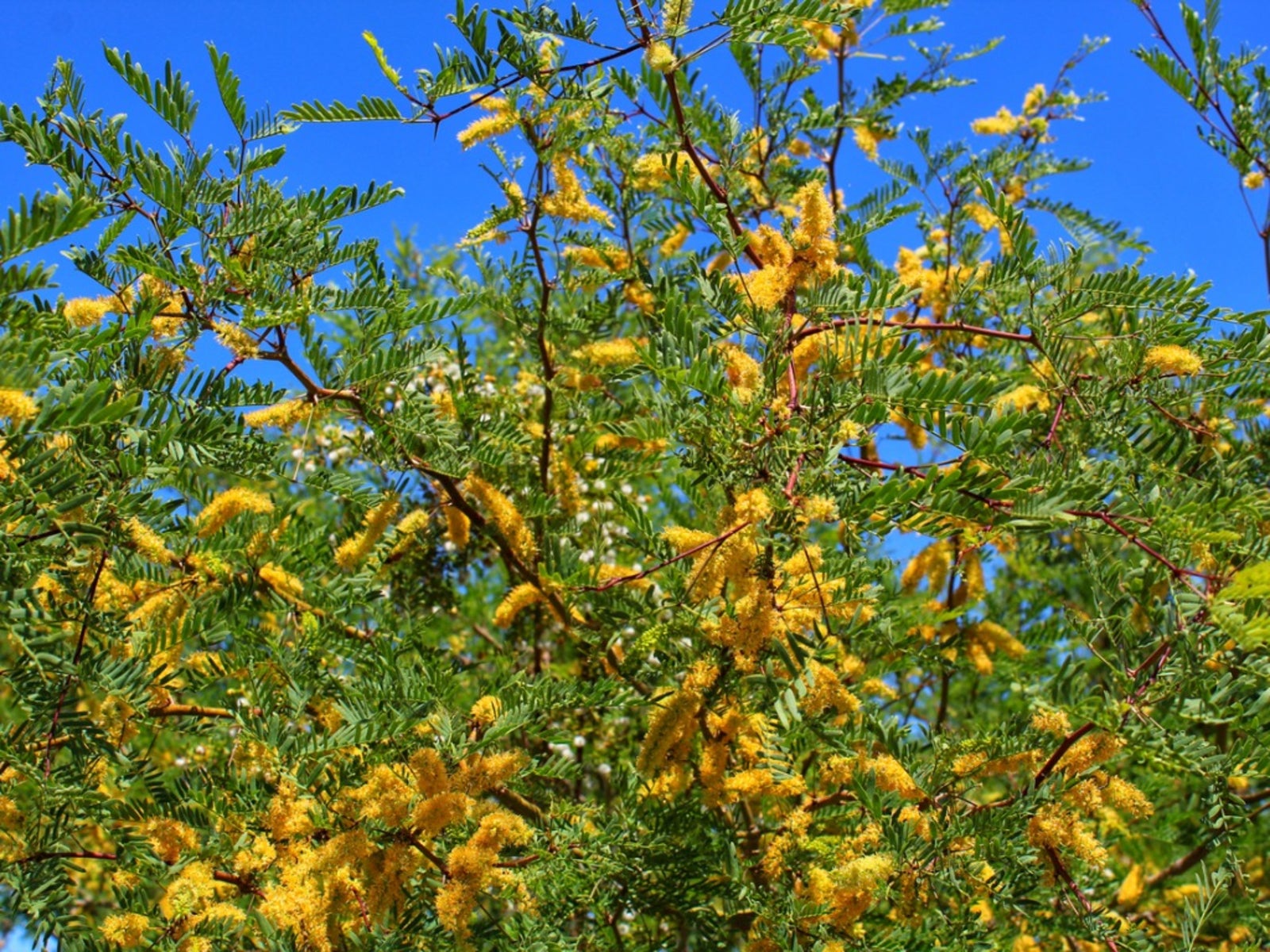 Signs Of Mesquite Sickness – Recognizing Mesquite Tree Diseases
Signs Of Mesquite Sickness – Recognizing Mesquite Tree DiseasesMesquite trees are attractive and drought tolerant, and a standard part of xeriscape plantings. Sometimes, though, these tolerant trees exhibit signs of mesquite sickness. Click here for information about diseases of mesquite trees and how to recognize them.
By Teo Spengler
-
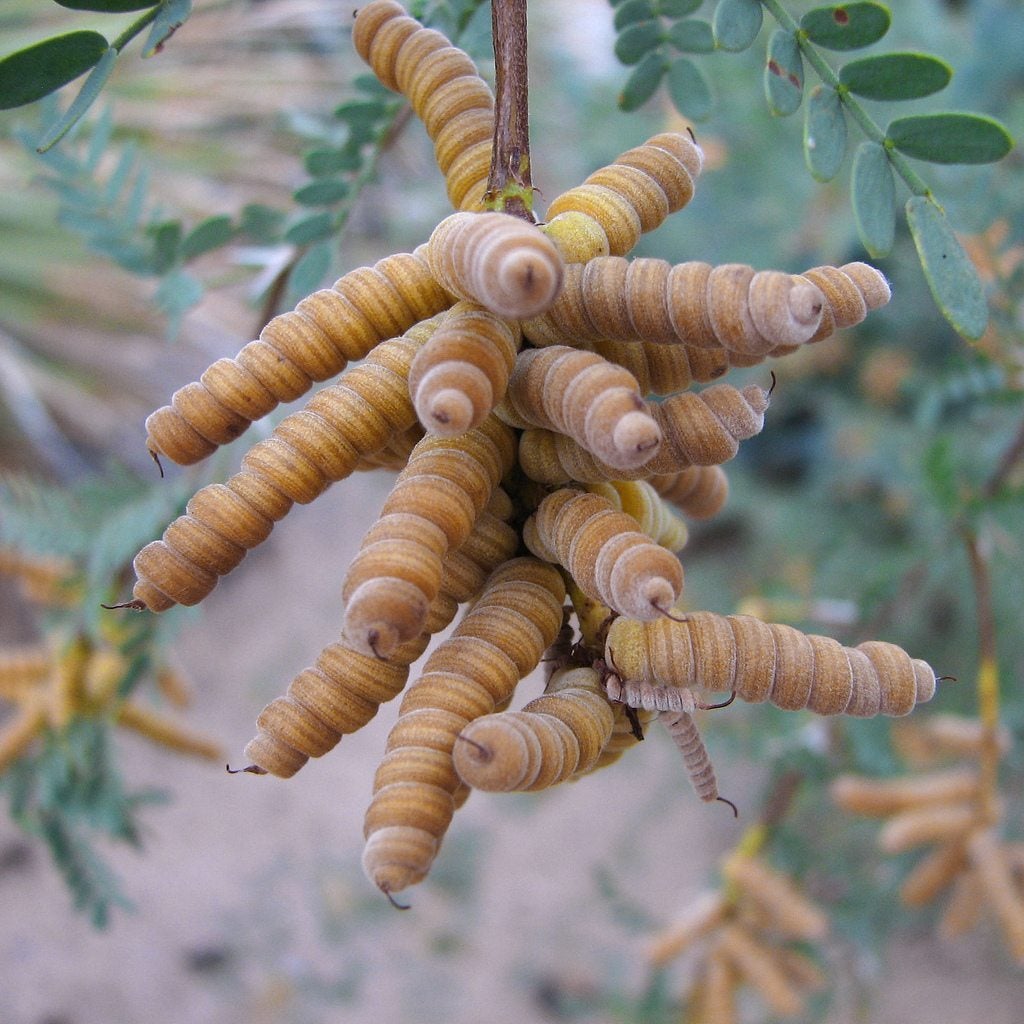 Screwbean Mesquite Info: Tips For Screwbean Mesquite Care
Screwbean Mesquite Info: Tips For Screwbean Mesquite CareThe screwbean mesquite is a small tree or shrub native to southern California. It sets itself apart from its traditional mesquite cousin with its attractive, corkscrew-shaped bean pods that appear in the summer. Learn more screwbean mesquite info in this article.
By Liz Baessler
-
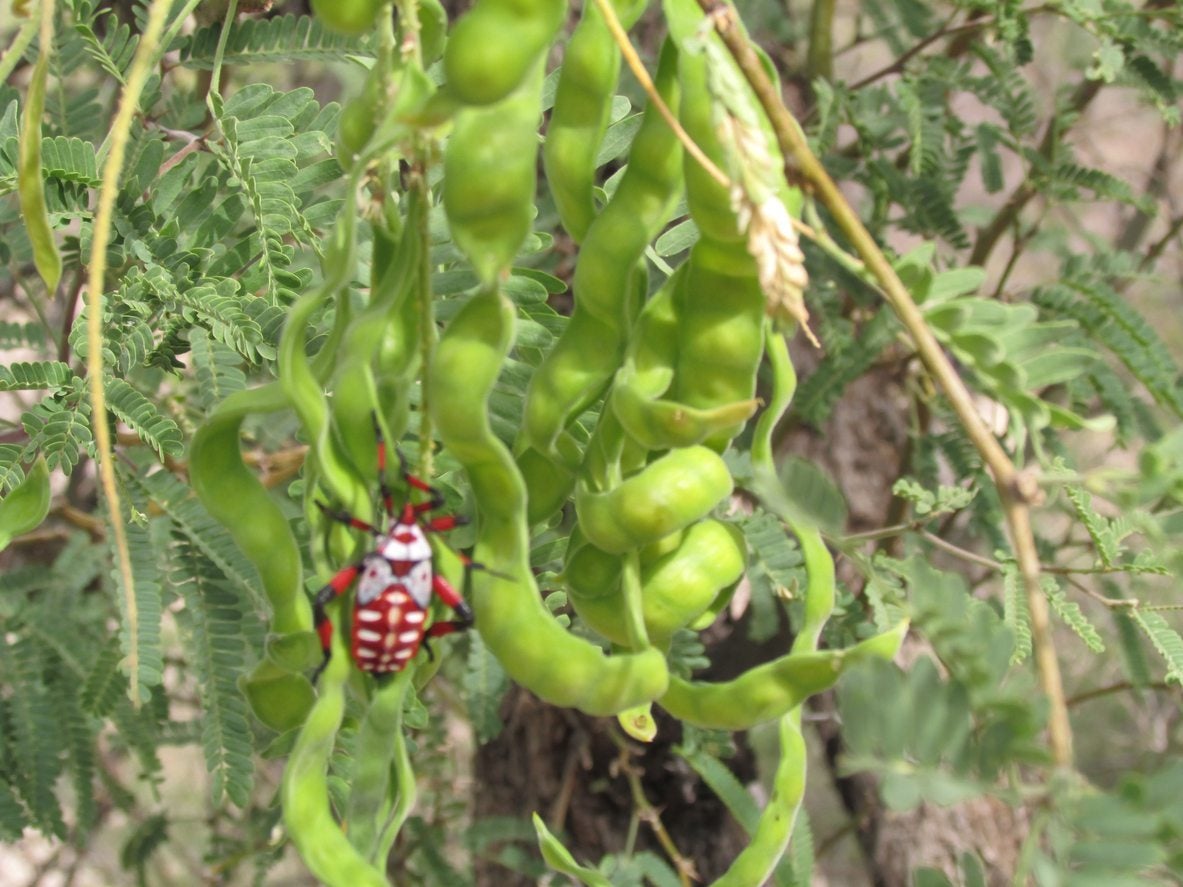 Mesquite Pest Solutions – How To Deal With Pests Of Mesquite Trees
Mesquite Pest Solutions – How To Deal With Pests Of Mesquite TreesMesquite trees are an excellent choice for a tough landscape tree that requires very little input once established. Even so, you'll want to monitor them for insect infestations from time to time. If you see any, you'll know what to do after reading this article.
By Kristi Waterworth
-
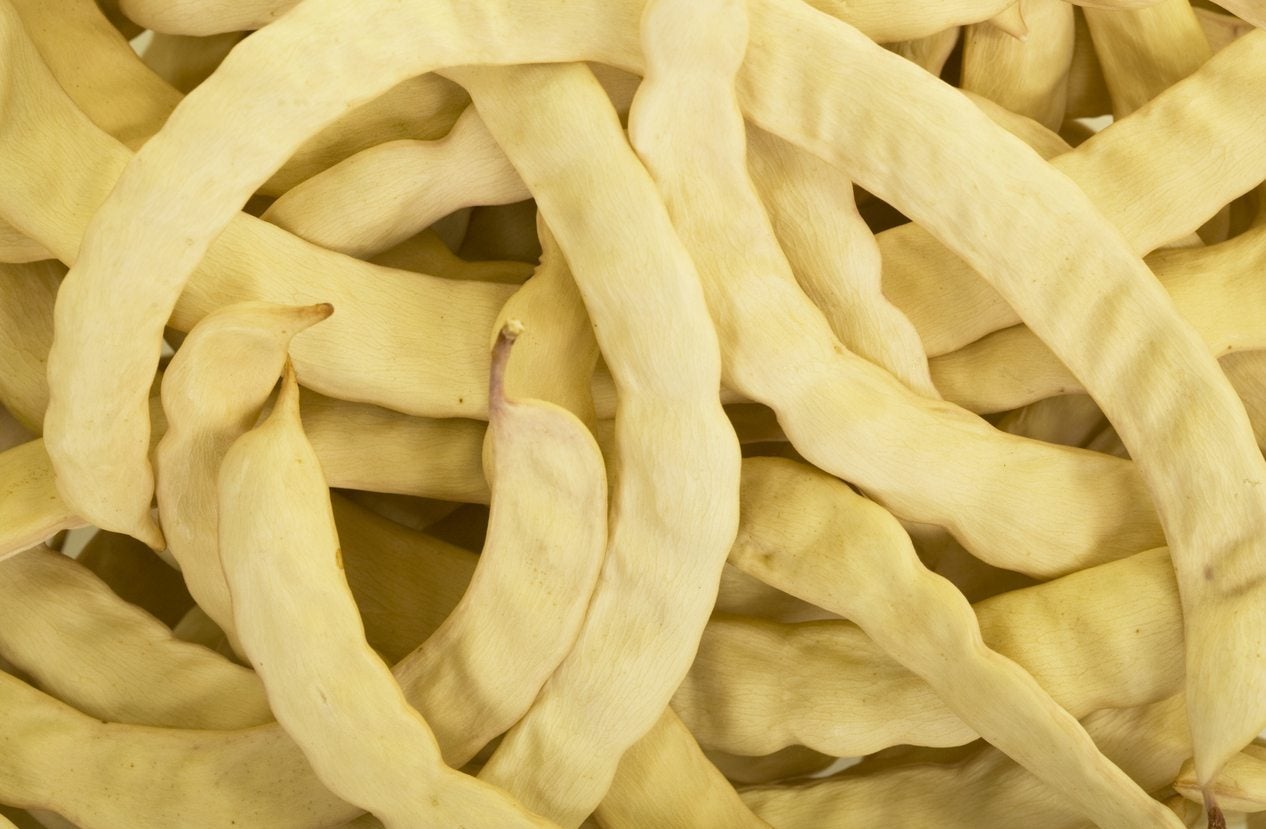 Are Mesquite Trees Edible: Learn About Mesquite Pod Uses
Are Mesquite Trees Edible: Learn About Mesquite Pod UsesIf someone were to mention "mesquite" to me, my thoughts immediately turn to the mesquite wood used for grilling and barbecuing. But is there more to mesquite beyond the grill? Can you eat mesquite? Are mesquite trees edible?" Click here to find out.
By Shelley Pierce
-
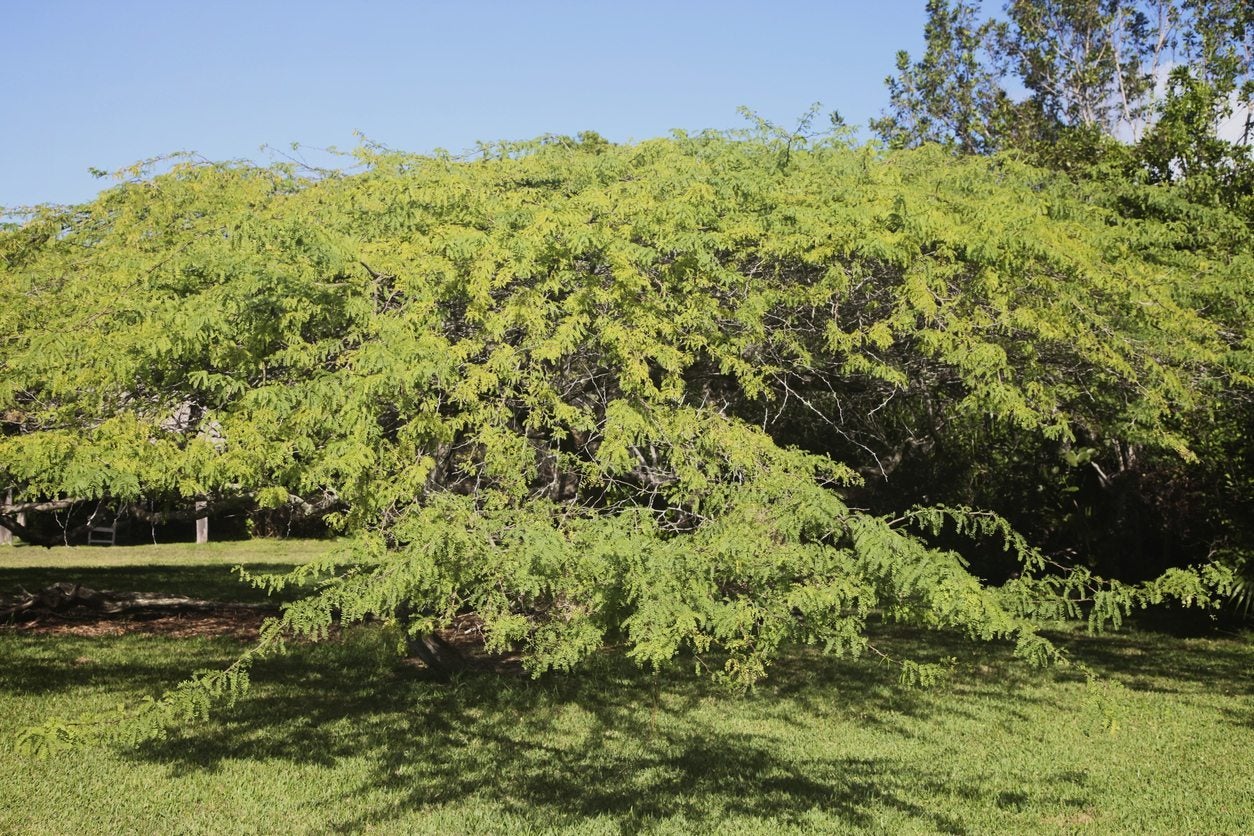 Moving Mesquite Trees – Is Transplanting A Mesquite Tree Possible
Moving Mesquite Trees – Is Transplanting A Mesquite Tree PossibleWhere other trees may wilt and dehydrate, mesquite trees draw moisture from the cool depths of the earth and gracefully ride out the dry spell. However, this deep taproot can make transplanting a mesquite tree quite difficult. Click here for tips on moving mesquite trees.
By Darcy Larum
-
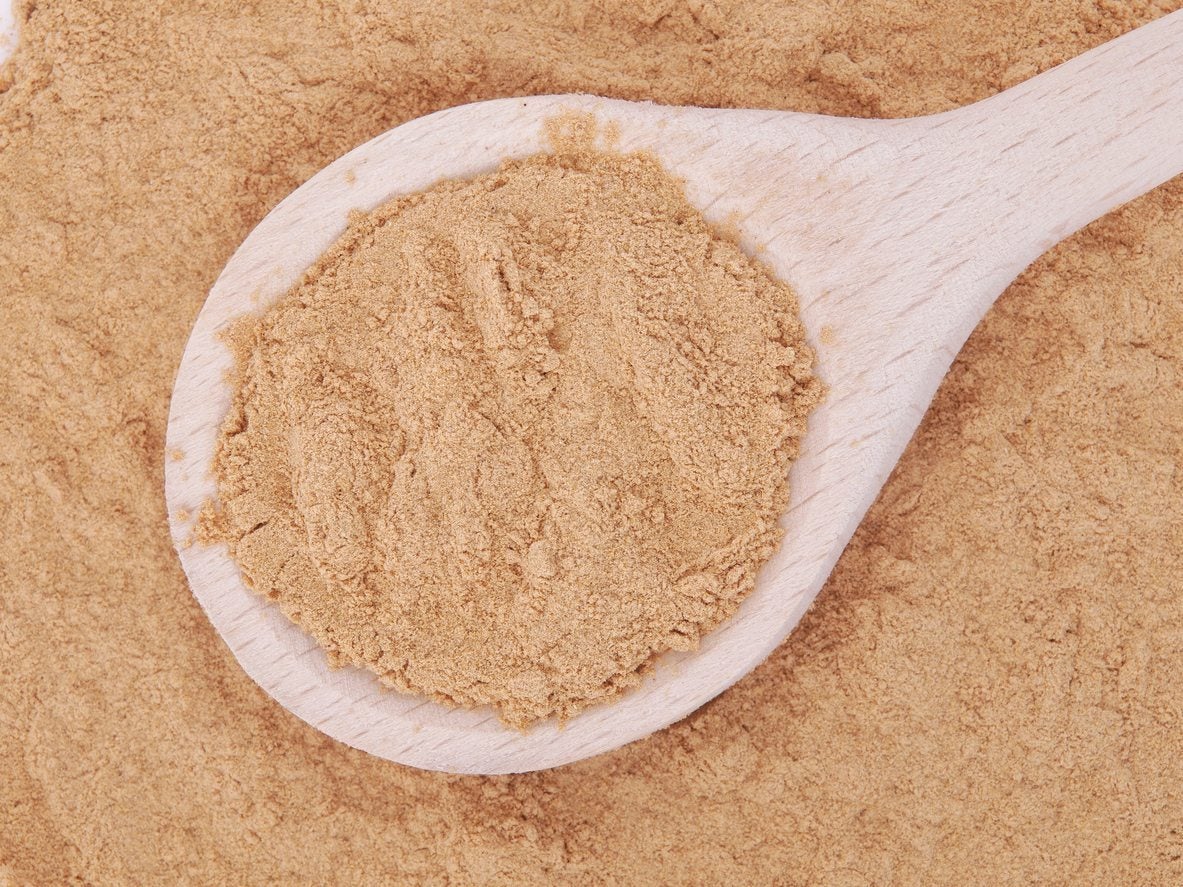 Mesquite Tree Uses – What Can Mesquite Be Used For
Mesquite Tree Uses – What Can Mesquite Be Used ForOf mesquite, many of us only know about the slow burning wood that makes for a great barbeque. That?s only the tip of the iceberg, though. What else can mesquite be used for? Mesquite tree uses are many and varied. Learn more about these uses here.
By Amy Grant
-
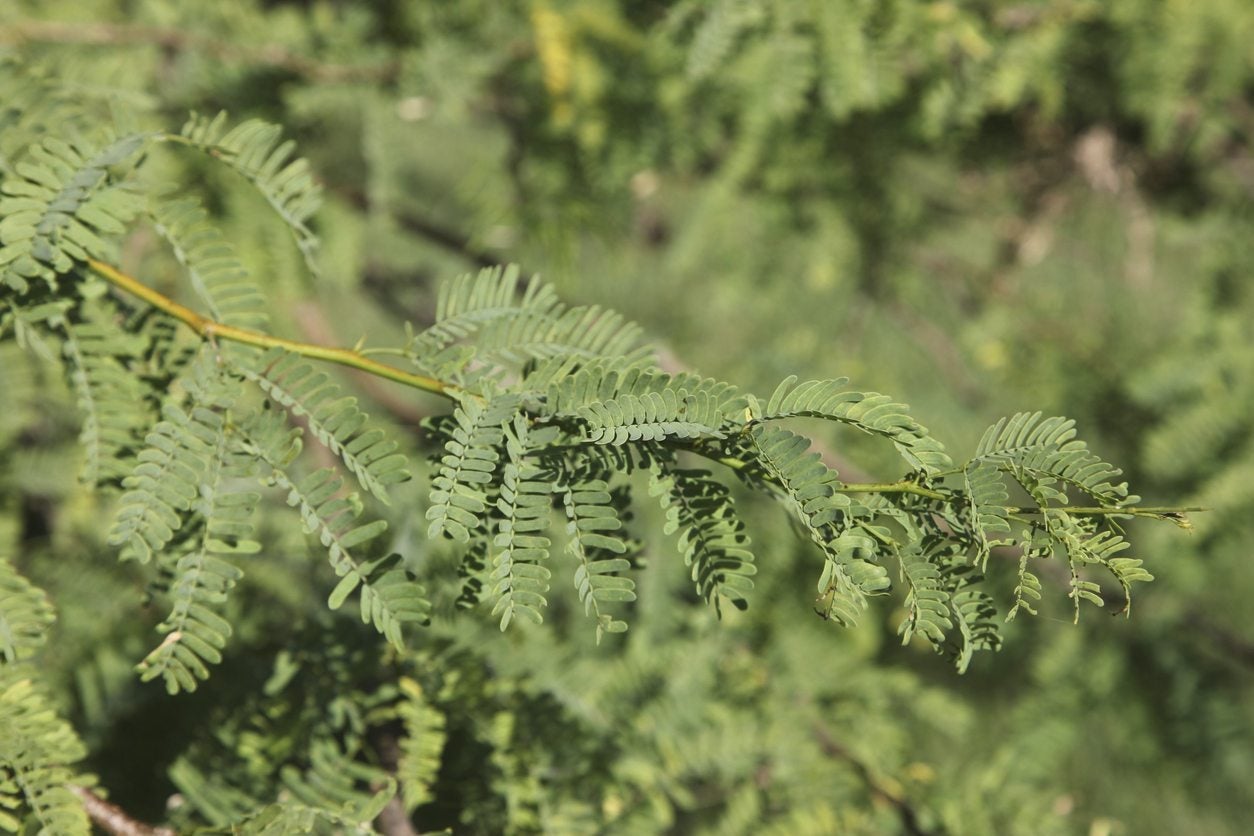 Mesquite Cutting Propagation : Can You Grow Mesquite From Cuttings
Mesquite Cutting Propagation : Can You Grow Mesquite From CuttingsMesquite plants make attractive specimens in the garden. Can you grow mesquite from cuttings? Absolutely. You will just need a little info on how to root mesquite cuttings and when and where to harvest your material. This article will help with that.
By Bonnie L. Grant
-
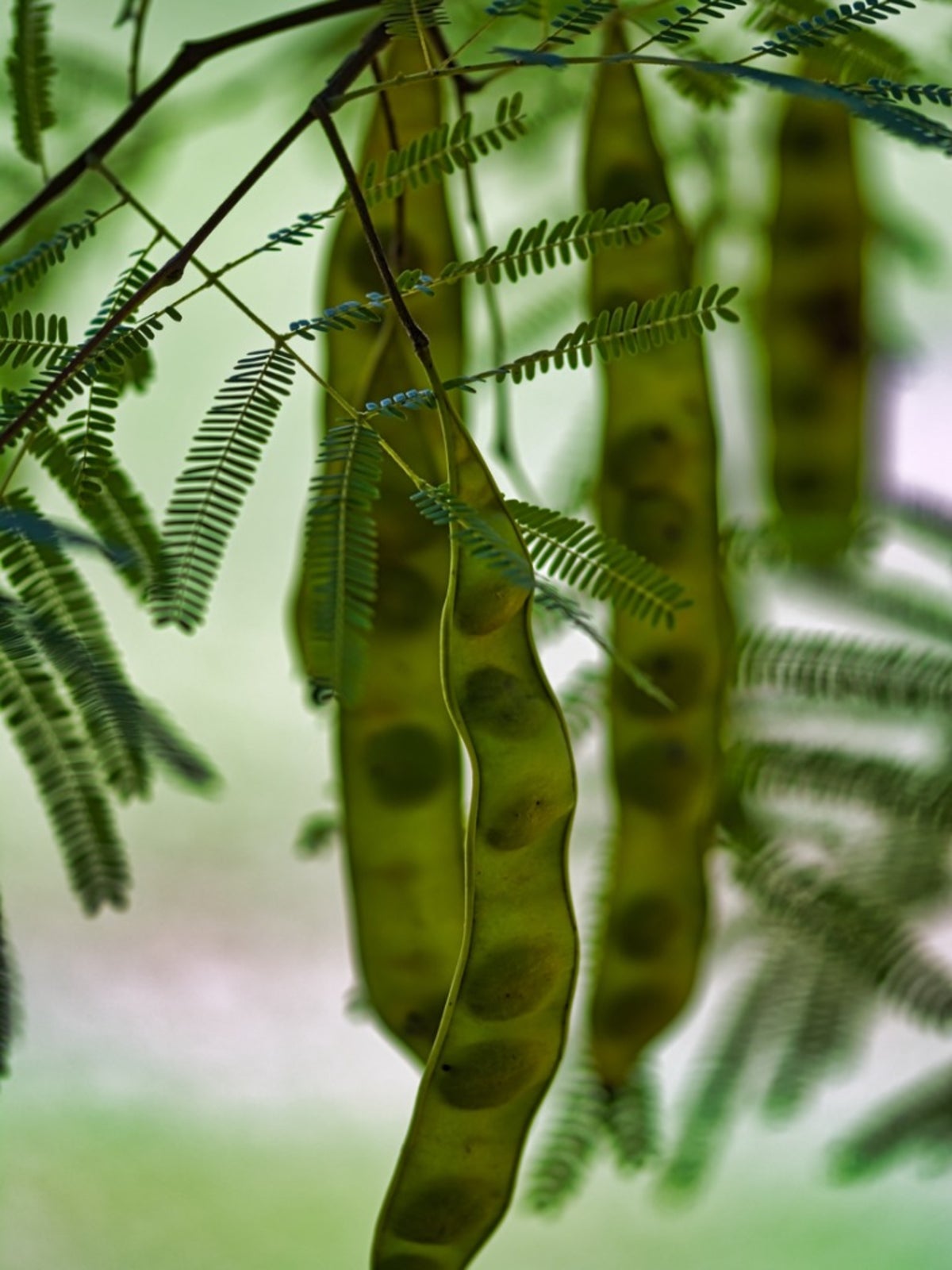 Sowing Mesquite Seeds: How And When To Plant Mesquite Seeds
Sowing Mesquite Seeds: How And When To Plant Mesquite SeedsGrowing mesquite from seeds found in the wild is a fun way to enjoy these plants for free. However, mesquite seed germination can be capricious and requires several steps for success. Click on this article for further info on how to grow mesquite trees from seed.
By Bonnie L. Grant